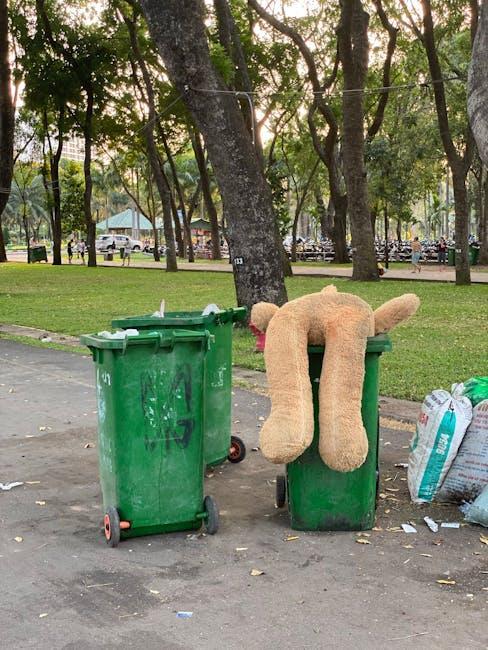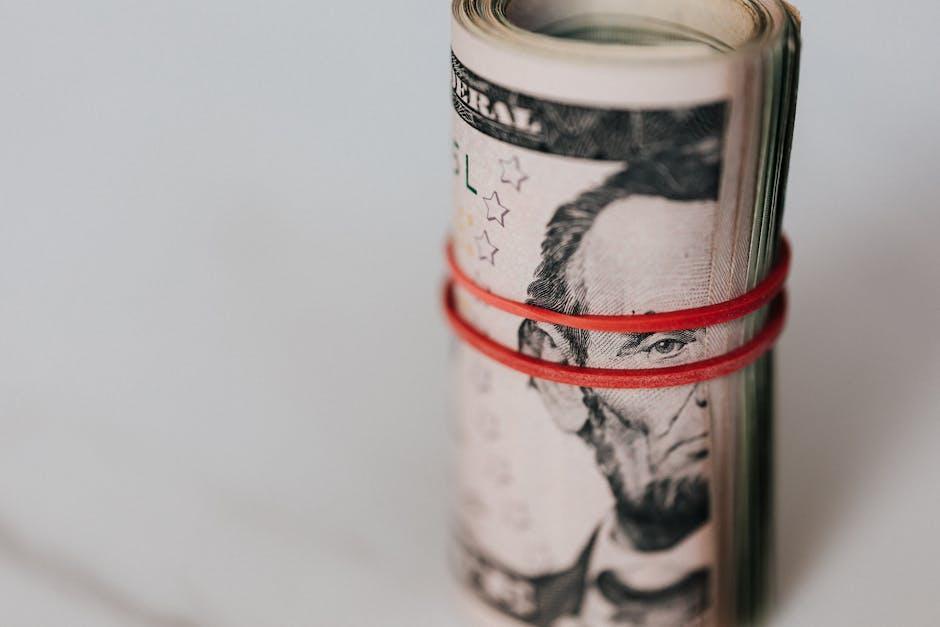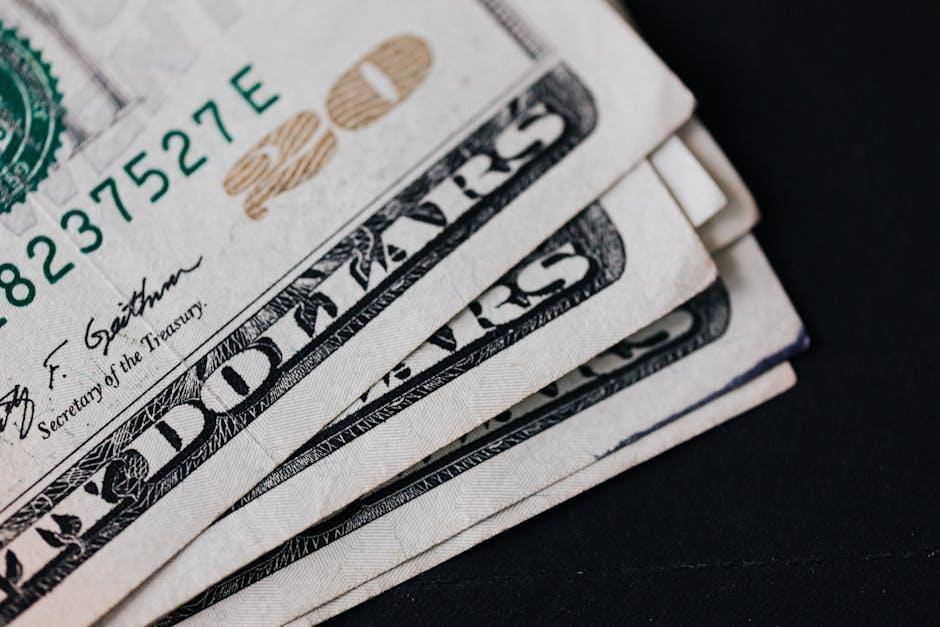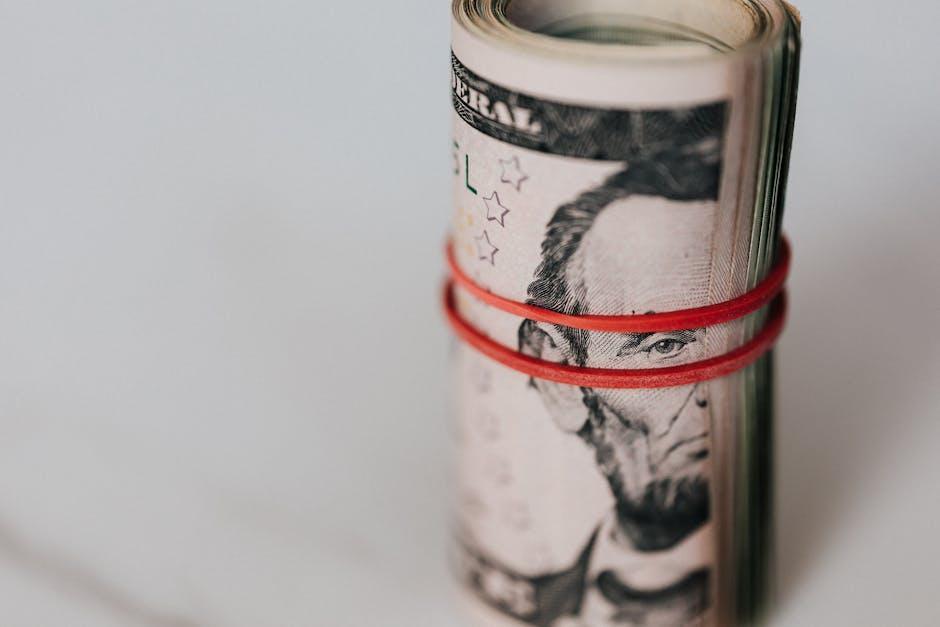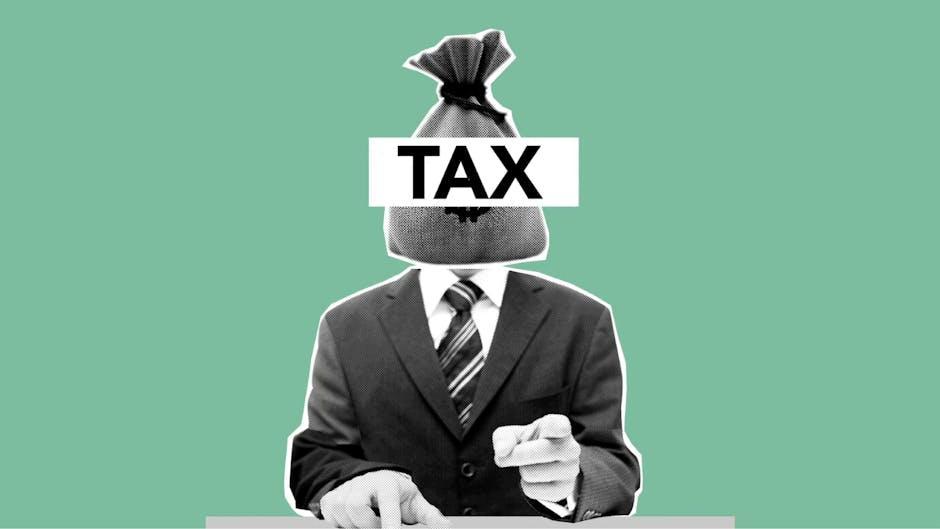Number of Individuals Who Are Incarcerated for Non-Violent Drug Offenses
In the United States, there are currently over 2.3 million people incarcerated in prisons and jails. Of those, a significant number are incarcerated for non-violent drug offenses. In fact, according to the Sentencing Project, over 60% of people in state prisons and 46% of people in federal prisons are incarcerated for drug offenses.
This means that tens of thousands of people are spending years or even decades of their lives in prison for crimes that do not involve violence. This has a number of negative consequences, including:
- The high cost of incarceration. The annual cost of incarcerating one person in a state prison is over $31,000. This means that the United States spends over $80 billion each year on incarcerating people for drug offenses.
- The disruption of families and communities. When people are incarcerated, they are separated from their families and communities. This can lead to instability and poverty, and it can make it difficult for people to reintegrate into society after they are released from prison.
- The negative impact on public safety. Incarceration does not reduce crime rates. In fact, studies have shown that the more people we incarcerate, the higher the crime rate. This is because incarceration does not address the underlying causes of crime, such as poverty, inequality, and lack of opportunity.
There are a number of ways to reduce the number of people who are incarcerated for non-violent drug offenses. These include:
- Decriminalizing drug possession. Making drug possession a civil offense rather than a criminal offense would reduce the number of people who are arrested and incarcerated for drug offenses.
- Expanding drug treatment programs. Providing more access to drug treatment programs would help people to overcome their addiction and break the cycle of incarceration.
- Investing in education and job training programs. Providing more opportunities for education and job training would help people to find stable employment and avoid turning to crime.
By taking these steps, we can reduce the number of people who are incarcerated for non-violent drug offenses and improve public safety.
Table of Contents
- Introduction
- The high cost of incarceration
- The disruption of families and communities](#the-disruption-of-families-and-communities)
- The negative impact on public safety](#the-negative-impact-on-public-safety)
- Solutions to the problem](#solutions-to-the-problem)
- Conclusion](#conclusion)
Introduction
In the United States, there are currently over 2.3 million people incarcerated in prisons and jails. Of those, a significant number are incarcerated for non-violent drug offenses. In fact, according to the Sentencing Project, over 60% of people in state prisons and 46% of people in federal prisons are incarcerated for drug offenses.
This means that tens of thousands of people are spending years or even decades of their lives in prison for crimes that do not involve violence. This has a number of negative consequences, including:
- The high cost of incarceration. The annual cost of incarcerating one person in a state prison is over $31,000. This means that the United States spends over $80 billion each year on incarcerating people for drug offenses.
- The disruption of families and communities. When people are incarcerated, they are separated from their families and communities. This can lead to instability and poverty, and it can make it difficult for people to reintegrate into society after they are released from prison.
- The negative impact on public safety. Incarceration does not reduce crime rates. In fact, studies have shown that the more people we incarcerate, the higher the crime rate. This is because incarceration does not address the underlying causes of crime, such as poverty, inequality, and lack of opportunity.
There are a number of ways to reduce the number of people who are incarcerated for non-violent drug offenses. These include:
- Decriminalizing drug possession. Making drug possession a civil offense rather than a criminal offense would reduce the number of people who are arrested and incarcerated for drug offenses.
- Expanding drug treatment programs. Providing more access to drug treatment programs would help people to overcome their addiction and break the cycle of incarceration.
- Investing in education and job training programs. Providing more opportunities for education and job training would help people to find stable employment and avoid turning to crime.
By taking these steps, we can reduce the number of people who are incarcerated for non-violent drug offenses and improve public safety.
The high cost of incarceration
The annual cost of incarcerating one person in a state prison is over $31,000. This means that the United States spends over $






